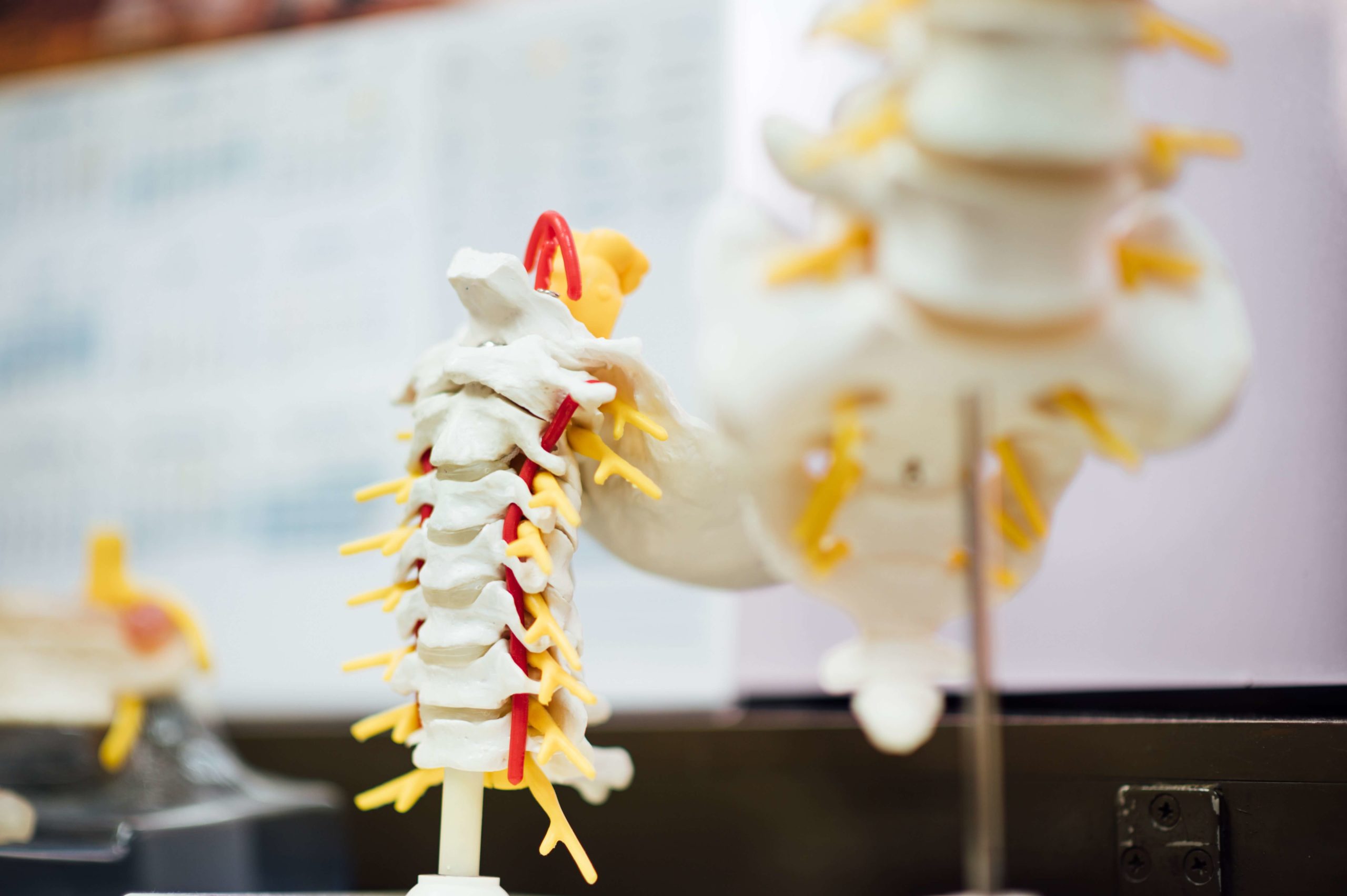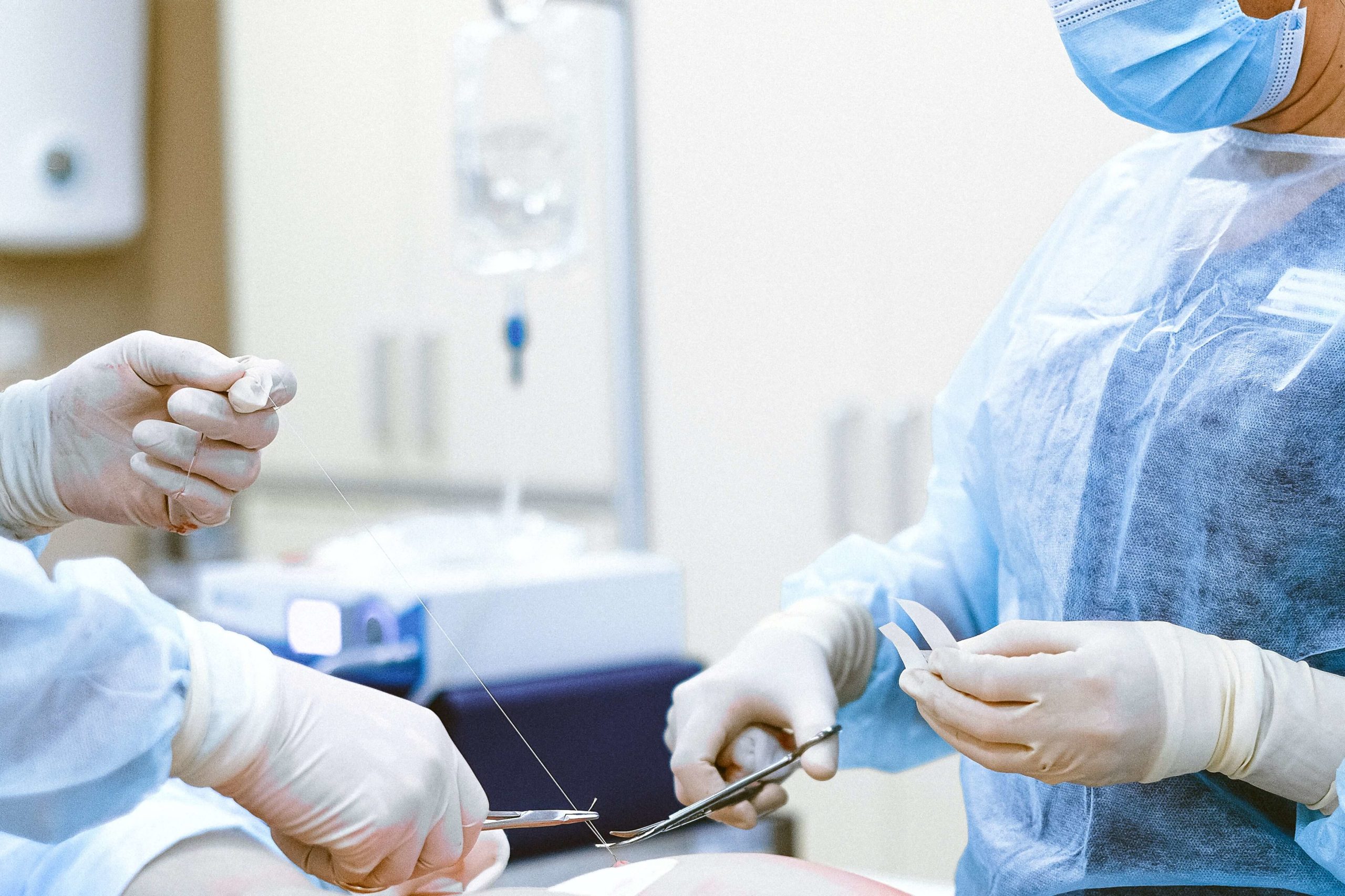
May 9, 2022 | Education
The Anatomy of the Spine – An Overview
Many of us don’t think twice about our spine, taking the flexibility and mobility it provides us w...
Mon - Fri: 8:00 a.m. to 5:00 p.m
The musculoskeletal system is made up of bones, cartilage, ligaments, tendons, and connective tissues. Your bones make up your skeletal system, which is essentially a framework for your soft tissues. Altogether, this system is responsible for supporting your body weight, helping you maintain proper posture, and allowing you to move. Although the entire musculoskeletal system goes beyond just the spine, understanding how it all works together can help you better understand your spine condition and be more informed about finding lower back pain relief.
In this article, we’ll be discussing some terms that are important to the musculoskeletal system as well as their definitions to help you gain a better understanding of this system.
Musculoskeletal system: The musculoskeletal system is an organ system that provides the ability to move with the help of both the muscular and skeletal systems. Without this system, your body would not have form, support, stability, or the ability to move.
The nervous system: This can be considered the body’s command center and is housed within your musculoskeletal system. It controls all intentional (voluntary) muscle movements. These voluntary muscle movements can be used to perform activities such as running or picking something up.
Bones: Your bones, or your skeletal system, have a variety of functions. They provide support for your body, protect organs and tissues, produce blood cells, and store calcium and fat. Each bone has a hard outer shell that covers a spongy center. With the help of muscles, tendons, ligaments, and other connective tissues, they help you move.
Cartilage: Cartilage is a form of connective tissue. It cushions the bones inside your joints, throughout your spine, and in your ribcage. An important function of cartilage is to keep bones from rubbing against each other.
Joints: When bones meet in areas such as your shoulder or knee, this is known as a joint. Joints have differing ranges of motion, such as a ball-and-socket joint which has a large range of motion, versus the knee, which can move forward and backward but can’t rotate.
Muscles: Muscles allow you to perform a variety of movements like lifting, stretching, sitting upright, and more. They are made up of thousands of long cells that form stretchy fibers, known as muscle fibers.
Skeletal muscles: These are voluntary muscles that are attached to the skeletal system and allow for movement. Like muscles, skeletal muscles are made up of thousands of muscle fibers.
Ligaments: Ligaments connect bones and provide stability to joints. They’re made of strong collagen fibers.
Tendons: Tendons connect muscles to bones. They are strong with little ability to stretch and are made of collagen and fibrous tissues.
Bursa: The bursa is a fibrous sac filled with fluid. Located between certain tendons and bones, the bursa provides a cushion so that tendons can move over bone.
If you’re currently looking for back pain relief, please don’t hesitate to call us at 1-866-261-4983 or contact us online. Our goal is to deliver the best outcome possible for the relief of your back pain and we pride ourselves on our proven ability to do so. We look forward to partnering with you on your successful journey to better health!

Many of us don’t think twice about our spine, taking the flexibility and mobility it provides us w...

Improving your spine health starts with finding the doctor and practice that will provide you with a...

More than 3 million US adults struggle with spondylolisthesis every year. Many of these people may b...
©2025 Biscup Spine. All Rights Reserved. | Privacy Policy | Support by ITCare